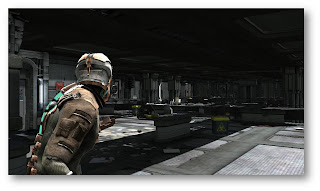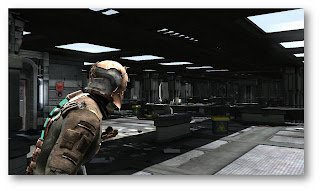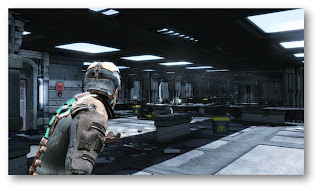 Got to work today and was forwarded a link with this Anti-Twitter graphic created by Josh Holland. I started reading up on the thread via comments found on Joyengine
Got to work today and was forwarded a link with this Anti-Twitter graphic created by Josh Holland. I started reading up on the thread via comments found on JoyengineAdmit
They say before you can move forward you must face the music and face your demons. Yes, I am a Twitter user, and yes I think that Twitter is a powerful tool. Ok.. now that I have said it, we can move forward from a centered place.
Bobble Head
I have come across many Twitter naysayers and people who just don't see any value in it. They usually question the fundamentals.... like.. "what does it do?" or "I don't get it, I signed up and then what?" or "How do I know who to follow?" Be patient my young Luke Skywalker, in this world of immediacy some things, like a good bolognese sauce, take a bit of time. You don't need everything to hit you over the head Tony Little style.
Statistics don't lie
No matter what you think of Twitter, you can't ignore the stats and the adoption rates and all those unique view statistics that you can find on Mashable. It's a growing phenomenon that is moving so fast that it can give you whiplash. Yes, Twitter is now up to about 14 million Unique views in the month of March. Anything with this much momentum and views is a gold-mine.
My value
So what's up with Twitter for me? I have been able to come across the most diverse and unique data when using search.twitter.com. This is a very different search engine when compared to google search. It's a way to scrape for keywords in the twittersphere, a sampling of what people are talking about at the moment vs. data mining tons of html that is quickly becoming out of date. If I'm attending GDC, I'm not going to search google for "GDC '09" and expect to find out what is going on right now. Immediately I reach for search.twitter.com
Example
Prior to shipping Dead Space we provided a bunch of "pre-released" copies of the game to certain people in the industry. I started searching twitter for "dead space" and utilizing the results.
I would get things like "@jimmygameplayer I've just started playing Dead Space and will hope to have a review soon." Having access to this kind of connection is incredibly powerful. I would follow up by clicking on this Twitter page to see what he has been tweeting about. Following the link to his website or blog etc. Immediately I would find out that @jimmygame player was a reviewer for xbox360 magazine. Nice.
In most cases I would follow up by tweeting @jimmygameplayer with "I hope that you have fun, turn off the lights and wear your diapers. We spent tons of time tweaking our lighting."
This would usually create an immediate dialogue. I'm saying "shit, how would I ever have made a direct connection to a game reviewer for xbox360 mag." I'm sure that he was saying something similar "shit, how did a developer on Dead Space find me, and sweet to be connected directly to someone on the team."
The possibilities are somewhat endless here.. but just a sampling of a way that I find Twitter very useful and informative.
Nutshell
So what does this all mean? I think that Twitter and Social Networking sites are something that we can't ignore. In the game-space that I work in.. I think that it would be extremely foolish to think that we can continue to develop in our small little world when a giant one exists just nearby. The power of Kutcher and Armstrong to direct traffic is incredible. We need to embrace this movement and utilize it for the potential that it has. I could go into lots of detail on this subject, but just like the good sauce... with a bit of time, you can conjure up some of your own ideas.










